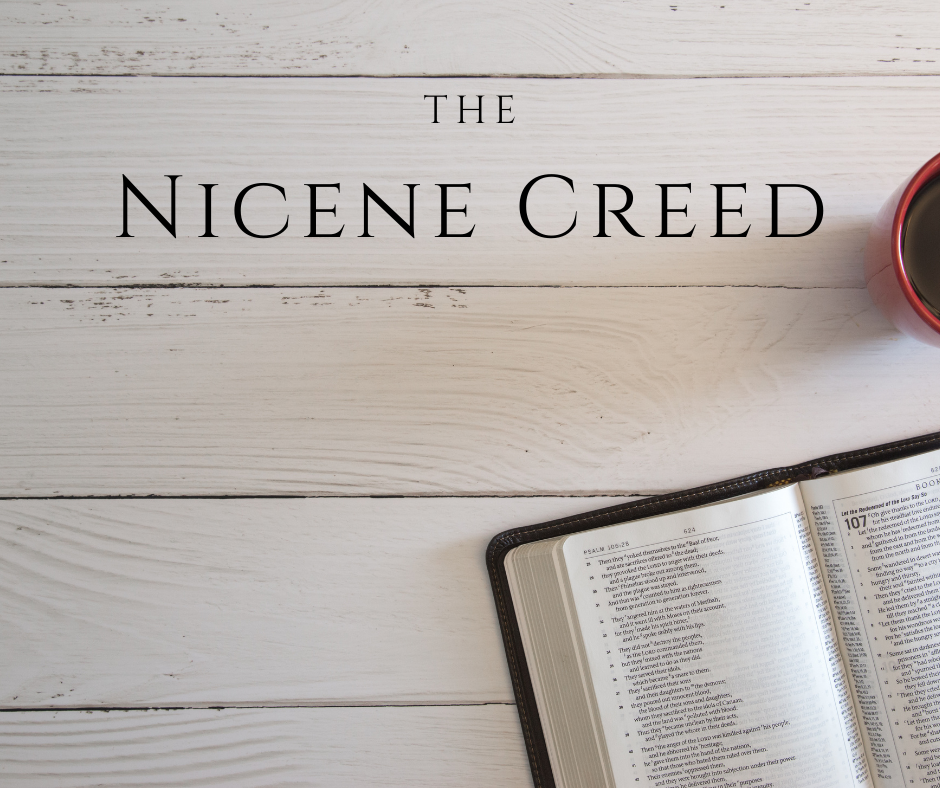Virgin Birth
The virgin birth was widely received by the church from the beginning, since the rise of higher Criticism, which sought to place modernity higher than the Scriptures. This greatly affected the American church in the late 18th century and the beginning of the 19th century. Although Higher Criticism started in the 17th century, at the turn of the 18th century, the rise in popular thought began to emerge. Higher Criticism seeks to place-specific scientific methods above the Scriptures. These methods aim to look at the text and examine the historical origins based on time, location of the text, other sources, events, people, dates, persons, places, things, or customs. This discipline is applied to the Bible, Old Testament (EG. Documentary Hypothesis), and New Testament (EG. Synoptic Problem). The discipline has modern branches such as source, form, redaction, tradition, and canonical Criticism.
One of the significant impacts in Theology in the 20th century was the Virgin Birth or any supernatural event in the Bible. The feeding of the 5000 (John 6) was a ‘miracle’ because once they saw the boy give his five loaves and two fish, the whole crowd was moved to be generous and share their food as well. They seek to explain away the supernatural to make it natural. Their highest authority is their empirical view of the world. The great contention that arose was the Virgin Birth. This became the five ‘Fundamentals of the Faith.’
- The inerrancy of the Bible
- The literal nature of the biblical accounts
- The virgin birth of Christ
- The bodily resurrection and physical return of Christ
- The substitutionary atonement of Christ on the cross
Gresham Machen, who founded the OPC, wrote extensively about this rise of liberalism in the church. He writes in Christianity and Liberalism,
“Reject the miracles, and you have in Jesus the fairest flower of humanity who made such an impression upon His followers that after His death they could not believe that He had perished but experienced hallucinations in which they thought they saw Him risen from the dead.”
If you reject the miracles, you have Jesus as a great example of the height of what man could be.
Machen continues,
“accept the miracles, and you have a Savior who came voluntarily into this world for our salvation, suffered for our sins upon the Cross, rose again from the dead by the power of God, and ever lives to make intercession for us.”
They rejected the all-powerful God of the Bible. They thus ended up with a human book with human lessons. Machen finally explains that,
“the difference between those two views is the difference between two totally diverse religions.”
Charles Hodge said that liberalism led people to hell just like other non-Christian religions.




